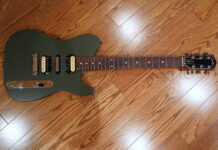 For many children, even as young as toddlers, music is a meaningful and moving experience. It brings smiles, encourages movement, and is a crucial part of a child’s overall development. Studies have shown the role of music in helping children to develop motor skills, self-expression, language, and other intellectual and social capacities.
For many children, even as young as toddlers, music is a meaningful and moving experience. It brings smiles, encourages movement, and is a crucial part of a child’s overall development. Studies have shown the role of music in helping children to develop motor skills, self-expression, language, and other intellectual and social capacities.
With music having a central focus in our culture, and frankly most cultures, many parents may want to consider having their child learn a musical instrument. Perhaps even the child themselves has expressed a desire to play an instrument. This leads to the inevitable question of “which instrument is best for my child to learn first”?
This is a slightly loaded question in that there is no one correct answer, and there are many variables that will play into the ultimate decision. In this blog I will walk through the different types of musical instruments to consider, their respective advantages and disadvantages, and hopefully make your final choice a bit clearer and easier to make.
 Initial Considerations
Initial Considerations
Some of the first things to think about include:
- Age of the Child
- Child’s desired musical instrument
- Cost of the instrument, and also of lessons
- Ease of use, or playability
- How much noise is it going to make
- Style or genre of music to be played
This is not an all-inclusive list, but these are certainly factors that you should think about when deciding to start your child on a path to musical literacy and expression. As such, these will be the primary considerations I discuss when going through the types and styles of instruments.
Keyboards
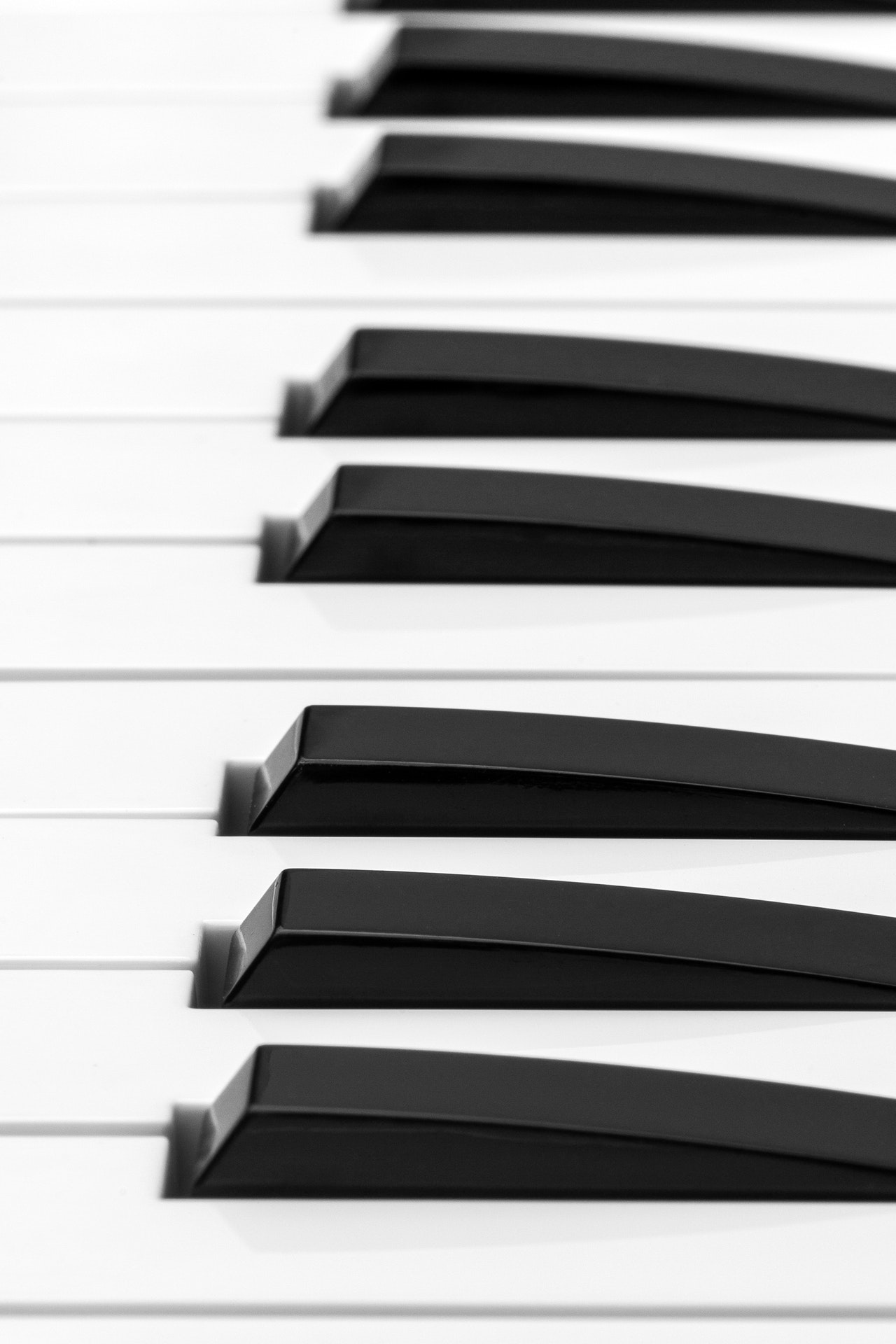 My biggest musical regret is that I cannot play the piano. I do have a keyboard and can plink out melodies and tunes, but I am in no way, shape, or form a pianist. For several different reasons, I feel that the piano is the best instrument for a child to take up first. As other musicians have told me, playing the piano developed dexterity in both hands that translates to the playing of almost every other instrument. Having two hands working together would have made playing guitar so much easier for me, and I wish I had taken piano as a youngster. Age isn’t really a detriment either, as a young Beethoven was said to be only seven years old when he played his first public performance, so you can start young.
My biggest musical regret is that I cannot play the piano. I do have a keyboard and can plink out melodies and tunes, but I am in no way, shape, or form a pianist. For several different reasons, I feel that the piano is the best instrument for a child to take up first. As other musicians have told me, playing the piano developed dexterity in both hands that translates to the playing of almost every other instrument. Having two hands working together would have made playing guitar so much easier for me, and I wish I had taken piano as a youngster. Age isn’t really a detriment either, as a young Beethoven was said to be only seven years old when he played his first public performance, so you can start young.
Of course, the category of keyboards includes the traditional piano, but it also references organs, synthesizers, digital pianos, and electric pianos. Keyboards are also a great first instrument for other reasons. It is the most versatile of the instruments. One of the areas where keyboards are versatile is that you can play many different styles of music on them. Classical music, ragtime, jazz, blues, and rock are just some of the styles of music that keyboards can accommodate. With organs and synthesizers, you also have the versatility of producing multiple sounds. From a traditional grand piano and variants to other instruments including drums, a synth can provide you with literally hundreds of instruments, all accessible on your traditional black and white keys, and at minimal cost. You can get keyboards in traditional size keys, but can also purchase them with smaller keys for the younger player with smaller hands. Perhaps even more importantly, learning to play piano provides you the foundation in music theory that can translate into other instruments should you choose to expand your repertoire.
Strings
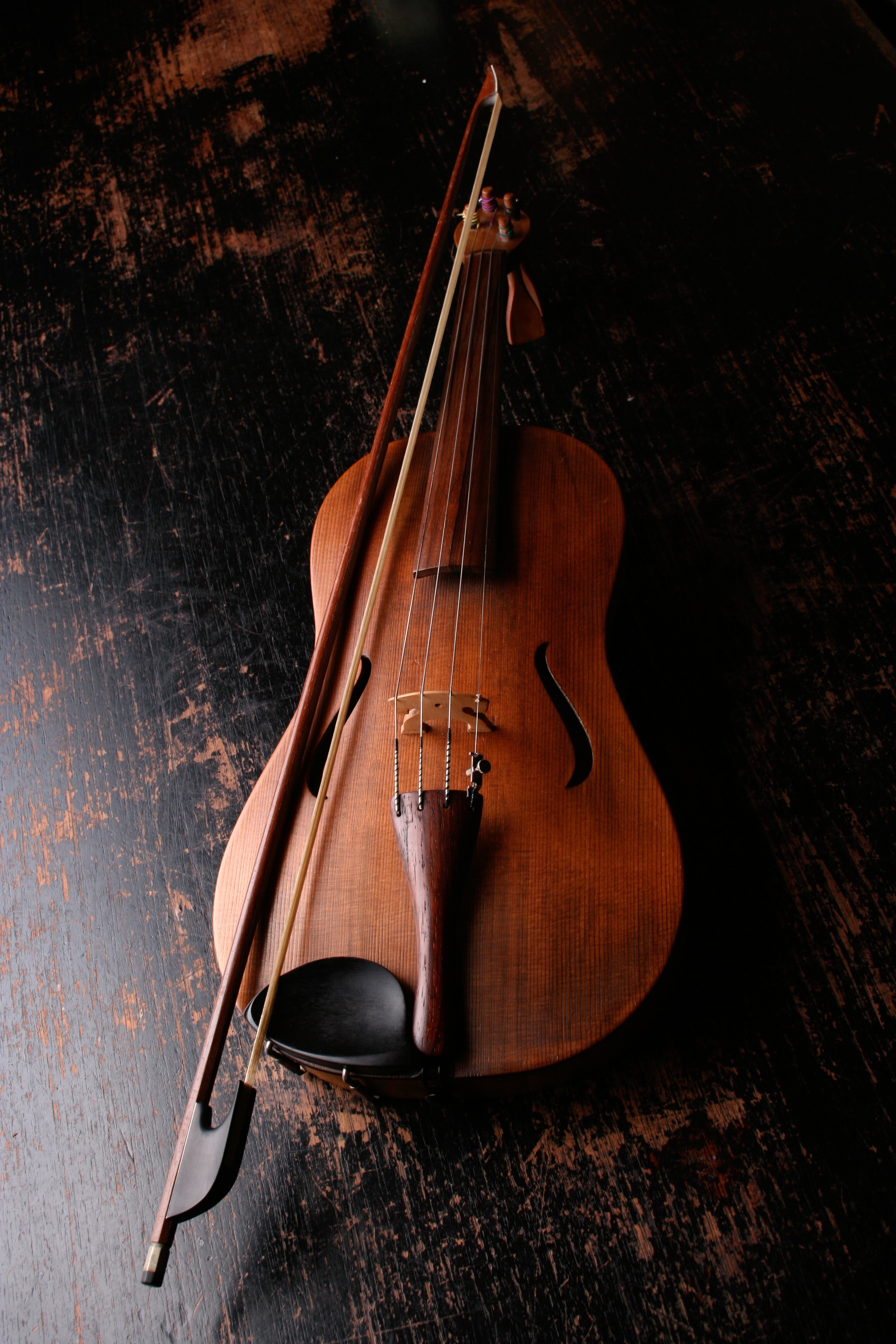 Stringed instruments include favourites like the violin and cello, and also include the viola (a larger and deeper sounding violin) and the double bass. It can appear at first that these instruments are stylistically limiting, but they can be used for more than classical music stylings. Violins have found their way into many modern rock and pop songs and can be heard in songs from The Beatles, The Who, and My Dying Bride. There is even a folk metal genre where bands like Eluveitie feature violins in unison with more traditional metal instruments like guitars, basses, and drums.
Stringed instruments include favourites like the violin and cello, and also include the viola (a larger and deeper sounding violin) and the double bass. It can appear at first that these instruments are stylistically limiting, but they can be used for more than classical music stylings. Violins have found their way into many modern rock and pop songs and can be heard in songs from The Beatles, The Who, and My Dying Bride. There is even a folk metal genre where bands like Eluveitie feature violins in unison with more traditional metal instruments like guitars, basses, and drums.
Violins can be purchased in smaller, junior sizes, and also in traditional sizes so you can start learning early as smaller hands and fingers are able to do what they need to on the smaller fingerboards. And while you can spend over $16 million on a Stradivarius violin, the cost of a decent violin is surprisingly affordable. Cellos and double basses are not small hand friendly, so a child should be older before tackling one of these. Also, a viola or a double bass are a bit more specialized, and that is generally reflected in the costs, but unlike a neighbourhood full of rival guitar players, you may be the only cello player in your school.
Fretted Strings
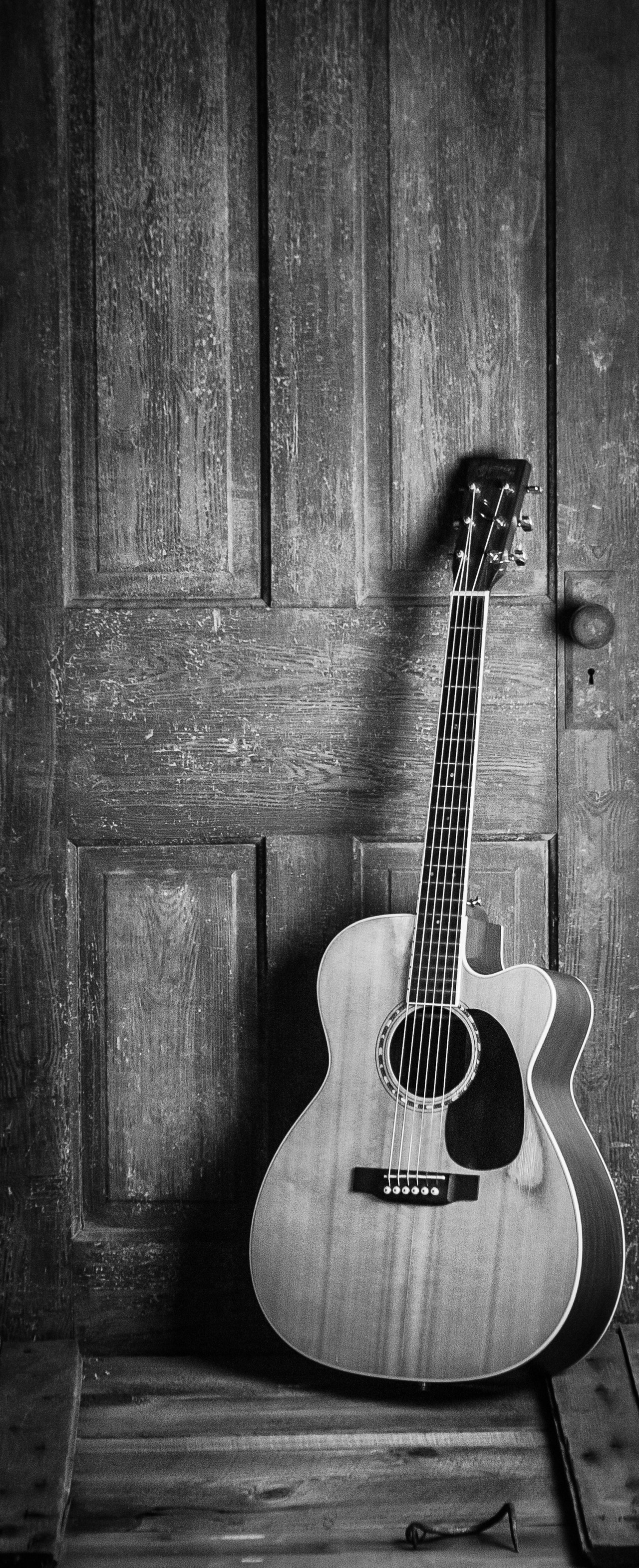 While technically a string instrument, for our purposes here, the guitar is listed under the fretted string category. This grouping also includes the bass guitar, and we find variations of guitar and bass in sub categories like electric/acoustic/electric acoustic/classical guitars, or electric or acoustic, 4-string/5-string/6-string, or fretless basses.
While technically a string instrument, for our purposes here, the guitar is listed under the fretted string category. This grouping also includes the bass guitar, and we find variations of guitar and bass in sub categories like electric/acoustic/electric acoustic/classical guitars, or electric or acoustic, 4-string/5-string/6-string, or fretless basses.
While you could once contend, for instance, that an electric steel guitar was for rock music, a steel string acoustic was for folk music, and a nylon string acoustic guitar was for classical music, genres and styles have merged, creating several hybrid types. As such, a classical guitar can have a place in a metal band, and an electric guitar is at home in almost every style imaginable. Guitars and basses also come in junior or three quarter sizes, so you can think about starting your youngster playing as early as 5 years old.
Other instruments in this category include the popular ukulele, as well as the mandolin and banjo. Fretted string instruments, in particular guitars, are incredibly popular and easy to find at all price points, which makes them an incredibly attractive option for your budding musician.
Woodwind
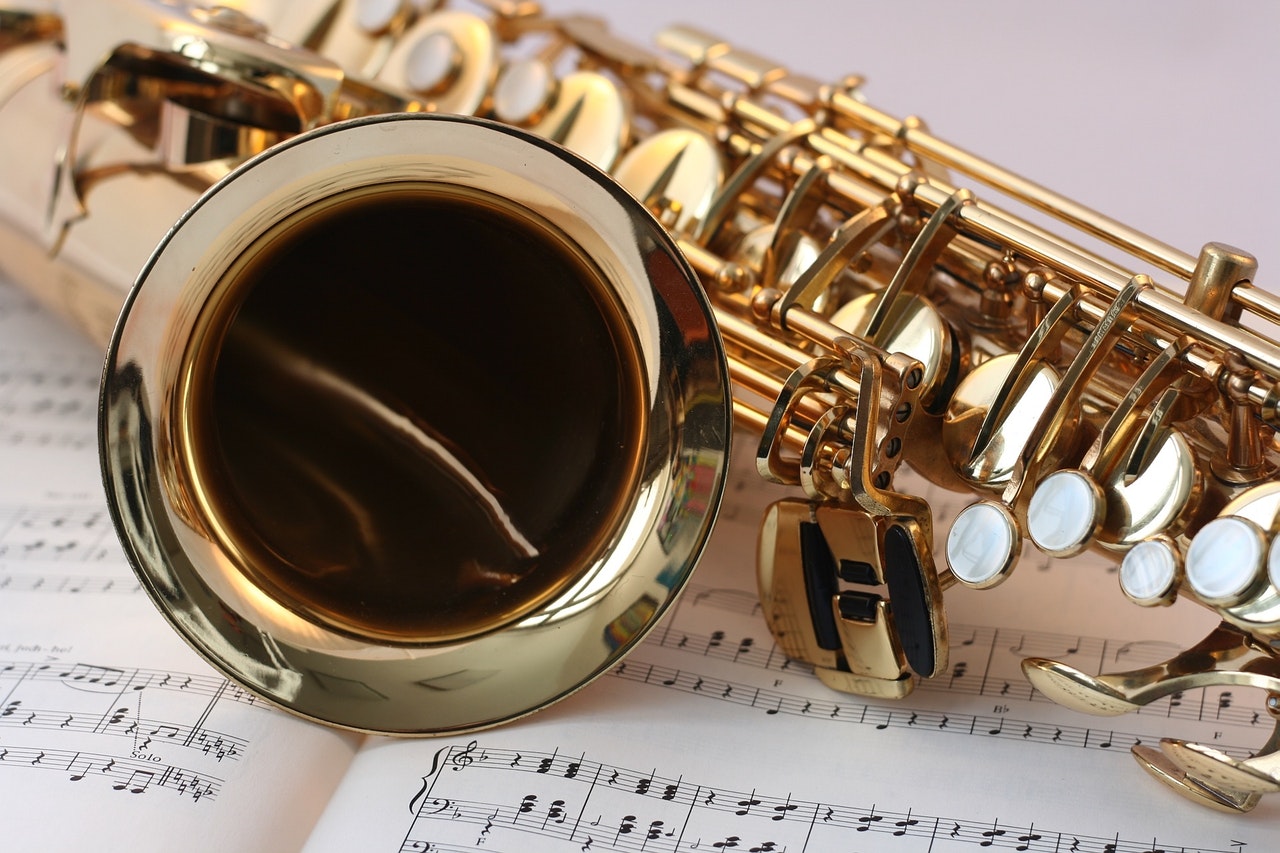 Instruments in this category include the saxophone, clarinet, flute, and oboe, amongst a few others. Saxophones come in a few different iterations, with the two most popular being the alto and tenor saxophones. I’ve heard from several people that the clarinet is the easiest of the woodwind instruments to play, so that can be an important feature, as it may help to avoid the frustration that can arise if it is too difficult for a child to quickly pick up an instrument. The alto sax is arguably the next easiest to get the hang of, and I remember a couple of classmates in elementary school that played the sax and were quite good by seventh grade. I believe they started their lessons at about 8 years of age, so around third or fourth grade. You tend to hear these instruments in jazz, classical, blues, folk, gospel, and pop, so basically all across the musical spectrum.
Instruments in this category include the saxophone, clarinet, flute, and oboe, amongst a few others. Saxophones come in a few different iterations, with the two most popular being the alto and tenor saxophones. I’ve heard from several people that the clarinet is the easiest of the woodwind instruments to play, so that can be an important feature, as it may help to avoid the frustration that can arise if it is too difficult for a child to quickly pick up an instrument. The alto sax is arguably the next easiest to get the hang of, and I remember a couple of classmates in elementary school that played the sax and were quite good by seventh grade. I believe they started their lessons at about 8 years of age, so around third or fourth grade. You tend to hear these instruments in jazz, classical, blues, folk, gospel, and pop, so basically all across the musical spectrum.
Brass
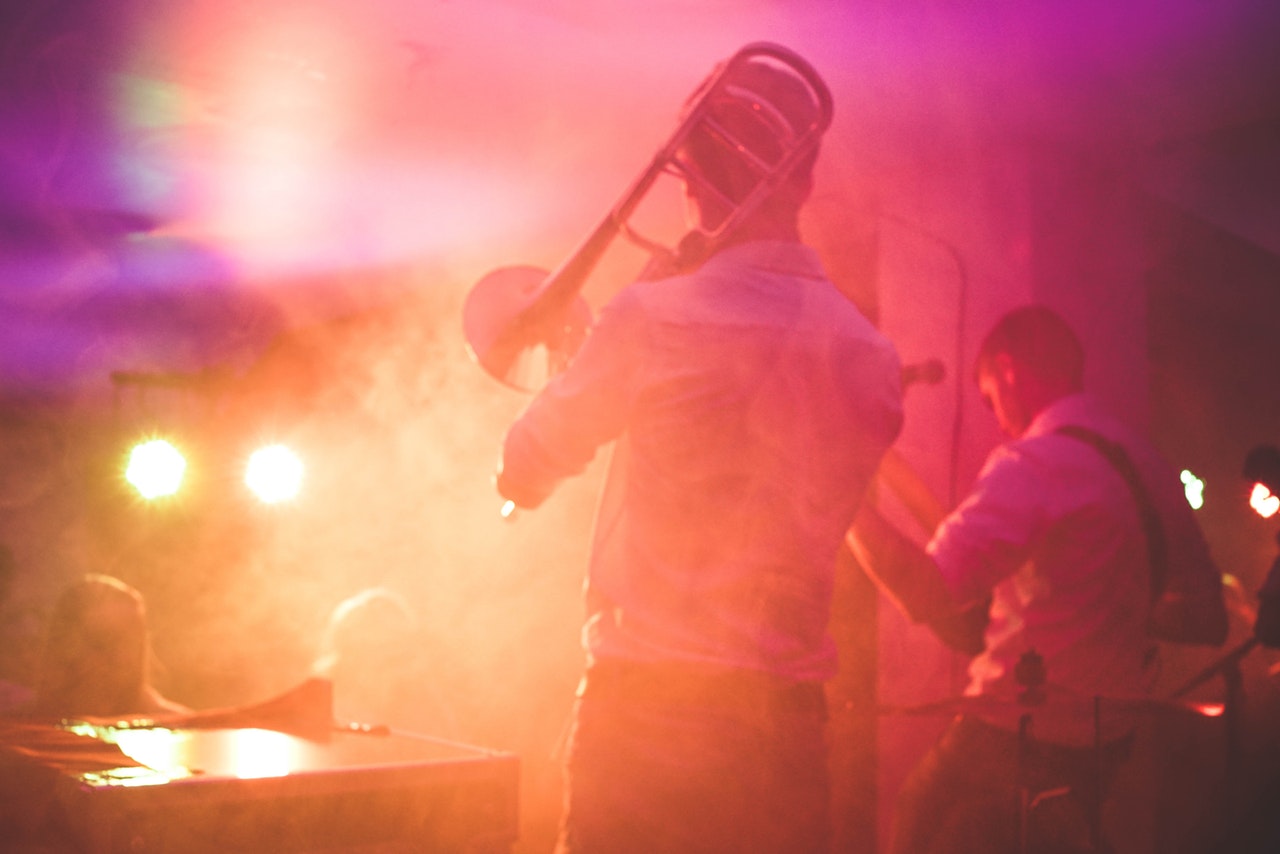 The trumpet, trombone, French horn, and tuba are the primary instruments in the brass grouping. Stylistically, you hear these in jazz, funk, soul, classical, and gospel, although they are not out of place being appropriately used in a rock or pop song. The trumpet might well be the most acceptable of the brass instruments, but it’s heavier than the smaller woodwinds (like the flute or clarinet), so the age must be considered accordingly.
The trumpet, trombone, French horn, and tuba are the primary instruments in the brass grouping. Stylistically, you hear these in jazz, funk, soul, classical, and gospel, although they are not out of place being appropriately used in a rock or pop song. The trumpet might well be the most acceptable of the brass instruments, but it’s heavier than the smaller woodwinds (like the flute or clarinet), so the age must be considered accordingly.
Percussion
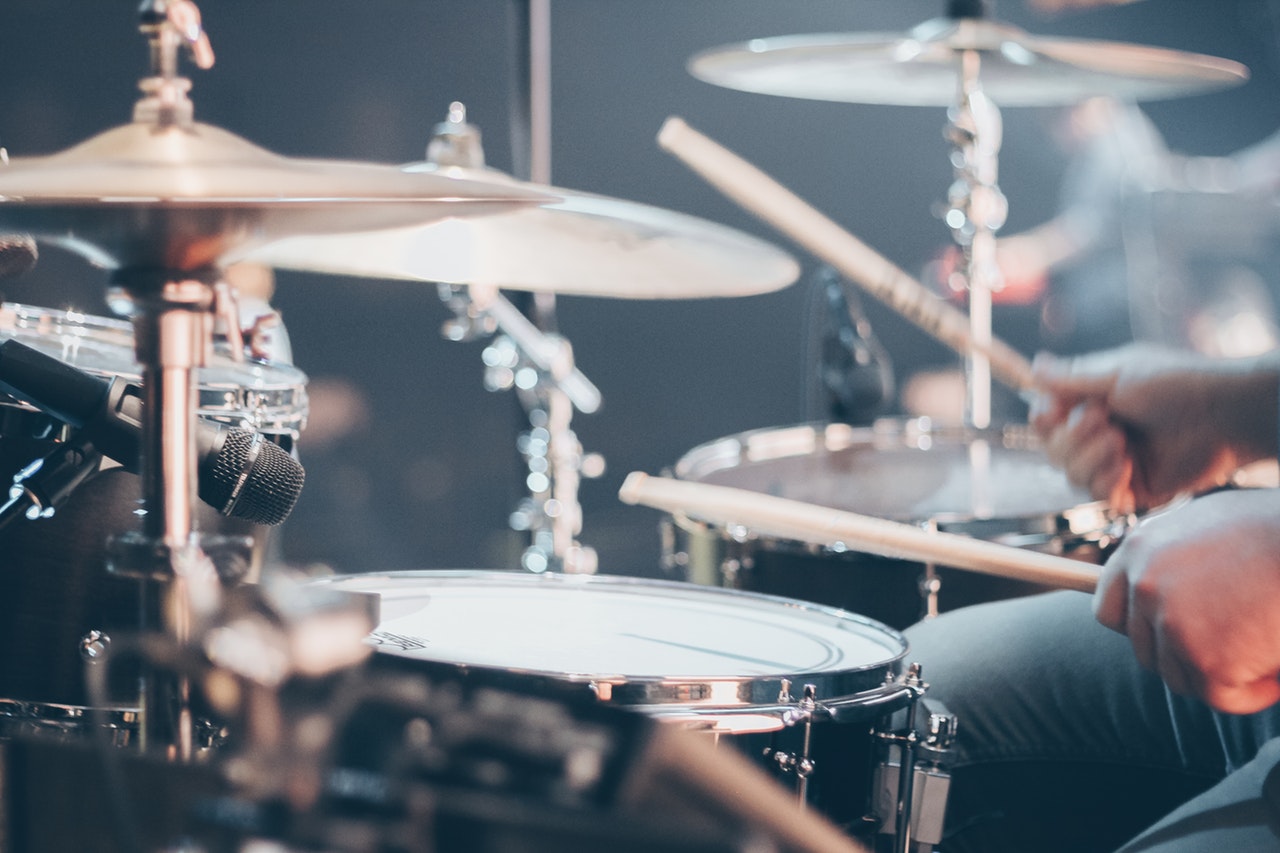 This is the category that often has parents lamenting the noise levels generated while in use, but that shouldn’t really be the deciding factor. Drums, both acoustic and electronic, are the primary instrument(s) considered, but they aren’t the only ones in this grouping, which includes bongos, congas, tambourines, and shakers. Or perhaps you have a fever that only seems to have one cure, and that cure is more cowbell. In that case, the cowbell is your percussive instrument of choice.
This is the category that often has parents lamenting the noise levels generated while in use, but that shouldn’t really be the deciding factor. Drums, both acoustic and electronic, are the primary instrument(s) considered, but they aren’t the only ones in this grouping, which includes bongos, congas, tambourines, and shakers. Or perhaps you have a fever that only seems to have one cure, and that cure is more cowbell. In that case, the cowbell is your percussive instrument of choice.
From the earliest of ages, most children have a proclivity for banging and smashing on things, which is why drums or other percussive instruments may make sense. Very small children may have issues with their legs reaching the bass drum pedals on a regular kit, for instance. If going with drums for your child, an electronic set can be played with headphones so that the rest of the family isn’t bombarded with the pounding. As an added benefit, there is a physical component to drumming that can be beneficial for a young learner.
Conclusions
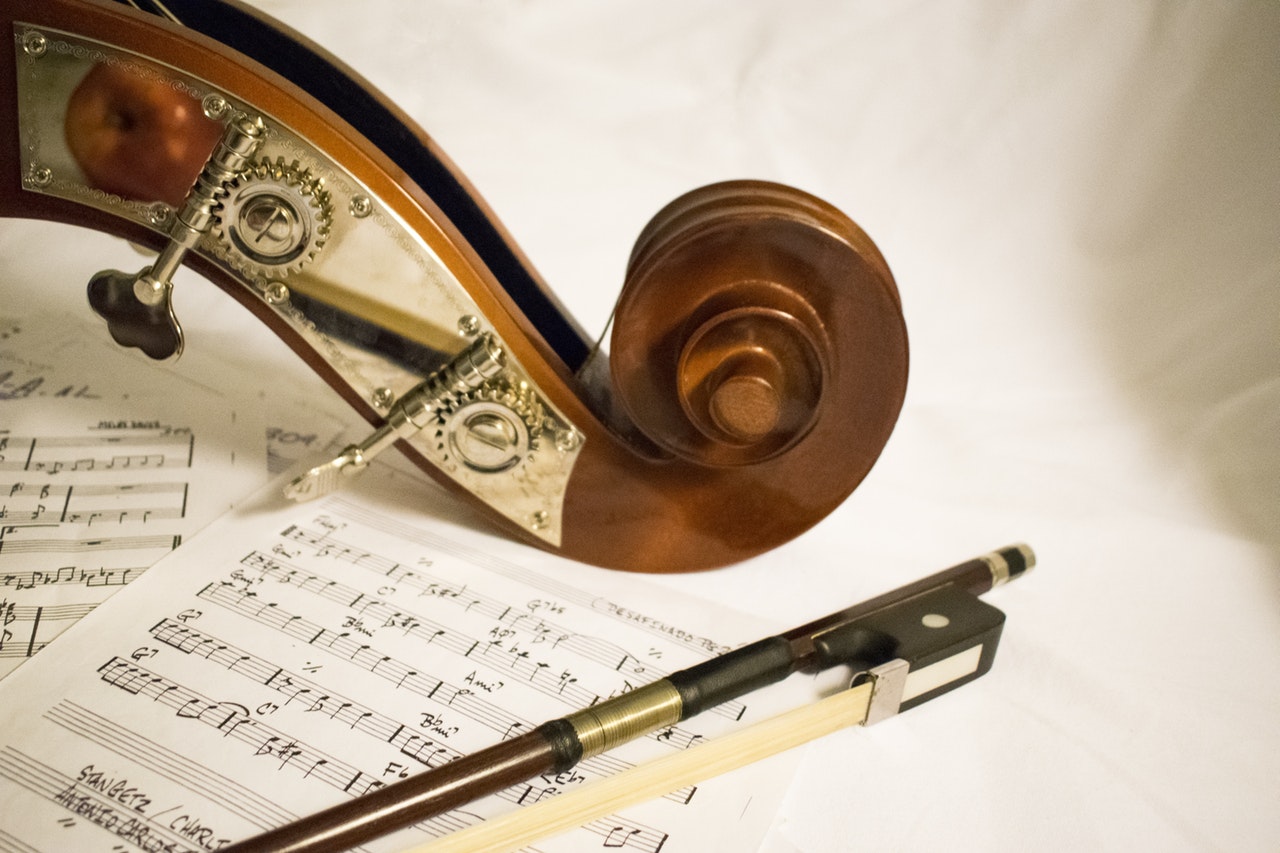 There are many things to consider when planning to invest in your child’s musical future, but the most important thing is to do it. Music is a valuable and important part of life. Your child’s age and size may dictate what they can or cannot play. No matter the instrument you select, remember that Best Buy has you covered with a wealth of available sheet music.
There are many things to consider when planning to invest in your child’s musical future, but the most important thing is to do it. Music is a valuable and important part of life. Your child’s age and size may dictate what they can or cannot play. No matter the instrument you select, remember that Best Buy has you covered with a wealth of available sheet music.
I believe that a piano/keyboard is the perfect place to start. My amazing grandson isn’t quite 2 years old yet, but I am already preparing for his keyboard and introduction to music instruction. At a very young age, formal lessons can be too much for most to handle, but a play-based intro to music and instruments is a good place to start. When my grandson makes his own informed decision about an instrument, I will be there to do whatever he needs to make it happen. If at the age of 9 he decides he wants nothing more than to play an oboe, then an oboe it is. I think it is crucial to not force anything and to let your little musician be comfortable and relaxed, as that just makes it all better. Music should be fun above all else. And remember, if needed, you can always add more cowbell.

